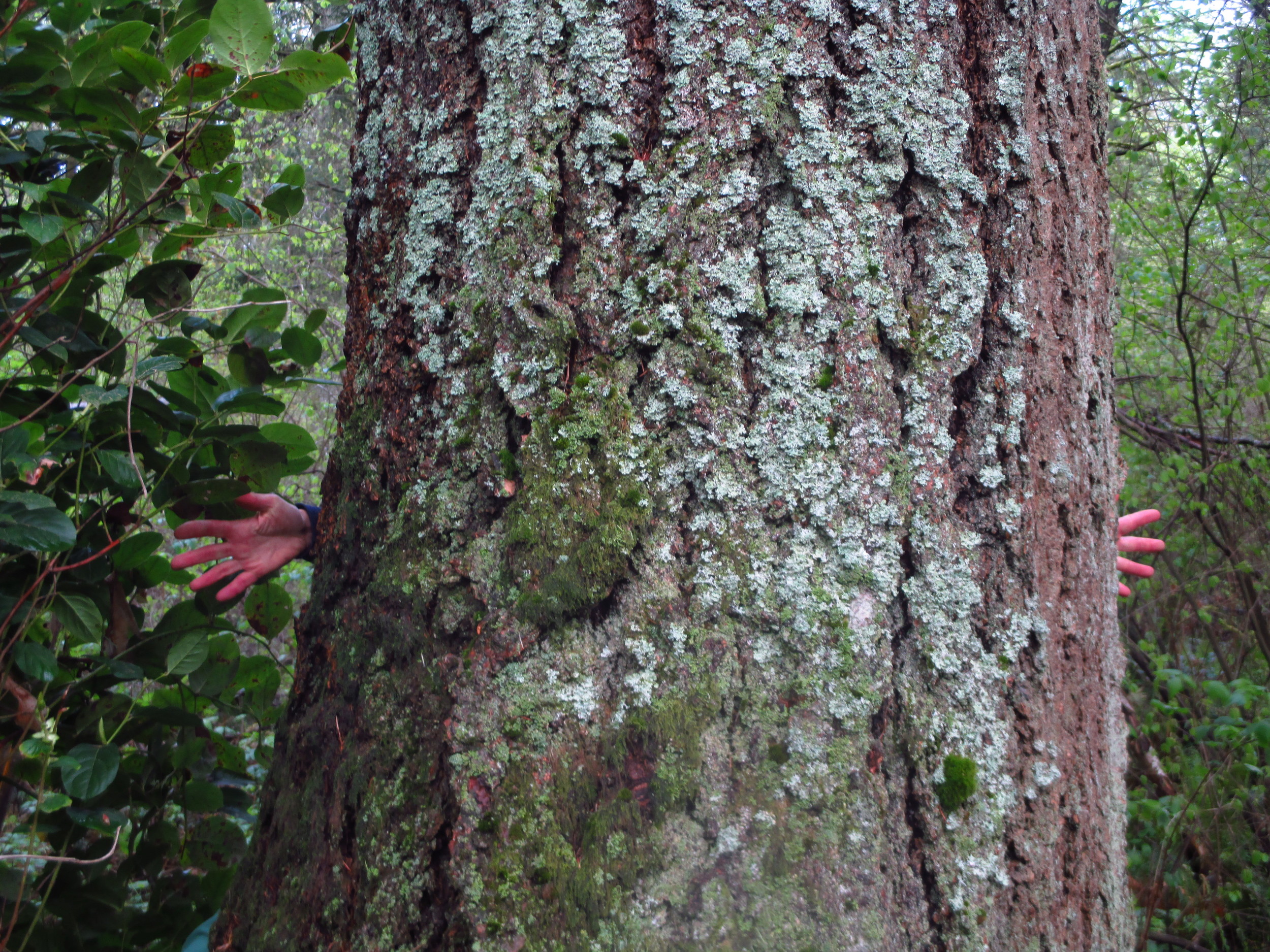Thank you all Marbled Murreleteers who have been supporting a Science-based conservation strategy for this imperiled species in Washington state. It's been a long haul (at least two years of monthly meetings with the Board of Natural Resources), but today the board approved an expanded range of alternatives including one based on the 2008 Science Team report (officially known as Recommendations and Suporting Analysis of Conservation Opportunities for the Marbled Murrelet Long-Term Conservation Strategy, (Raphael, M.G., S.K. Nelson, P. Swedeen et al).
Additionally, the board approved adding and amending other alternatives to create a total of six alternatives, one including expanded buffers (from 100 meters to 150 meters) around occupied nest sites. It is unlikely this expanded buffer will be approved, but it is important that buffers with meaningful and documented conservation value be analyzed for comparison to less buffer-generous alternatives.
This is a big victory! Thanks to all the individuals, staff of the Washington Forest Law Center, the Murrelet Survival Project and partners, and many Audubon chapters who have been providing public comment in person or in writing lo these many months. Every voice matters--truly. And we seem to have a board that listens.
Kyle Blum of Department of Natural Resources has done a remarkable job getting all the stakeholders to this point. It's amazing how complex, time-consuming, and fraught the conservation of such a little bird can become. The members of the BNR (with one notable and unnamed exception) should be praised for their engagement in the material presented and for their insightful questions all along the way. This is how we get to a win-win. Maybe even a win-win-win if we are lucky.
Up Next: More analysis by the DNR and USFWS. This is just the end of one phase and the beginning of the intense scrutinizing the environmental impacts of each alternative strategy. We are probably looking at summer/fall for a Draft Environmental Impact Statement (DEIS) and opportunities for Murreleteers and others to provide comment. Adding and modifying alternatives will extend the time line to reach an approved Long-Term Conservation Strategy--but what's a few months given the interim strategy has been in place since 1997!







